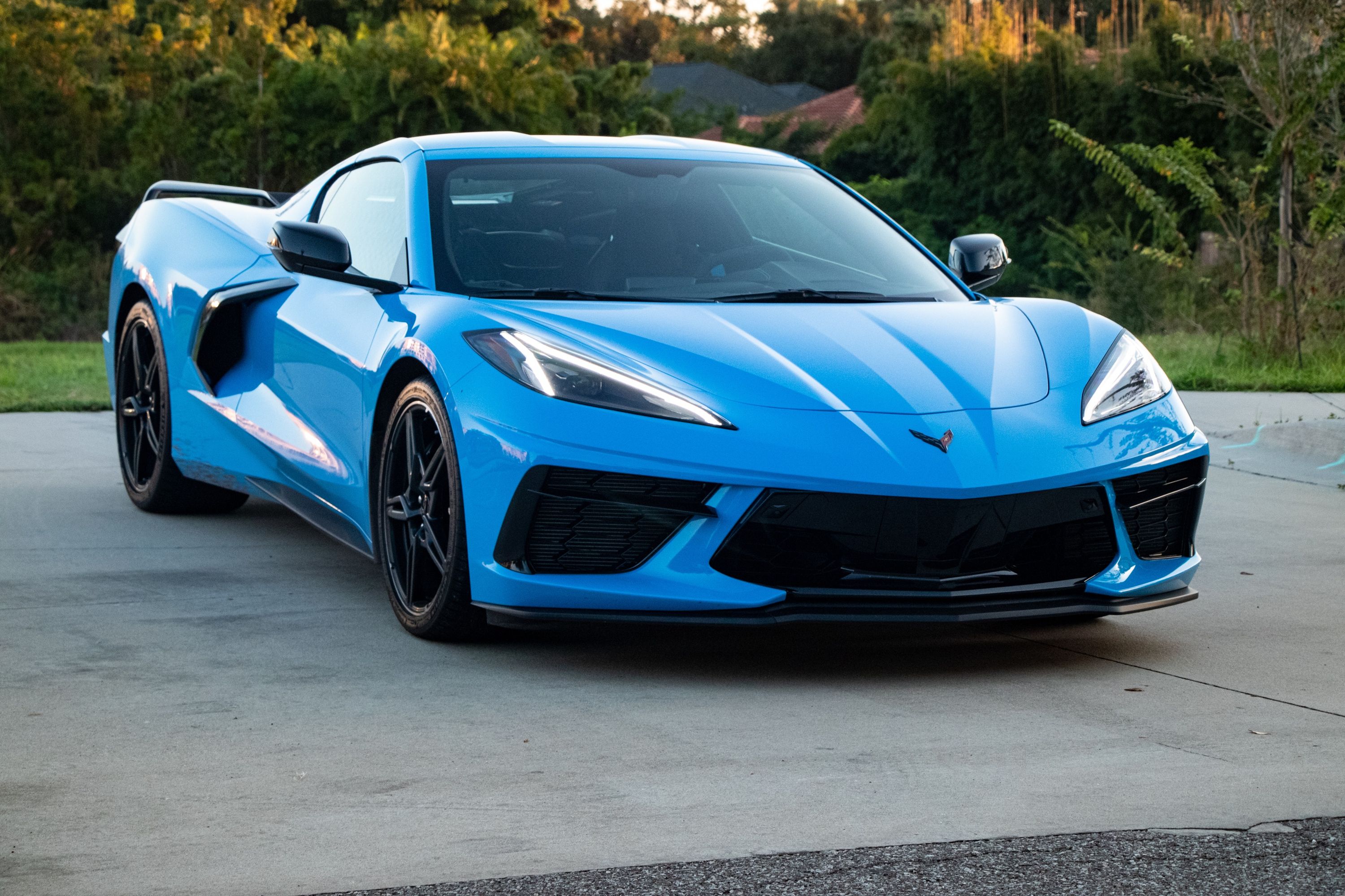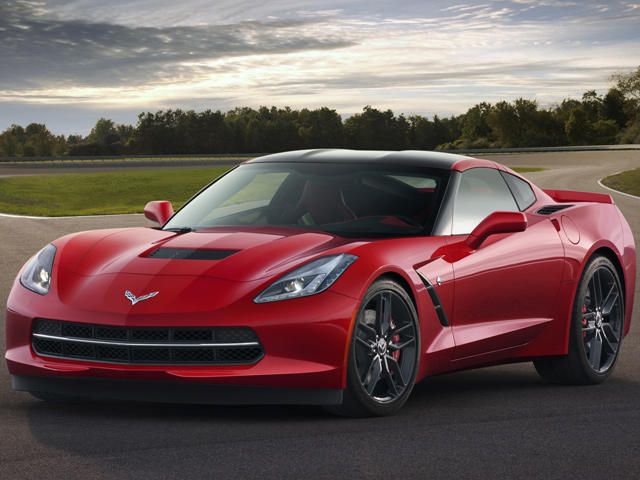
Enthusiasts have been waiting for it for a long time now, but at long last Chevrolet has taken the wraps off its new seventh-generation Corvette. Called the Stingray, the latest Vette bears a new design meant to embody the spirit of the all-American sportscar. Of course, as with any performance vehicle, the engine is central to the new Corvette, packing an all-new 6.2-liter LT1 V8 with direct injection, continuously-variable valve timing and active fuel management to deliver 450 horsepower and 450 lb-ft of torque.
All of that muscle is sent to the rear wheels through either a seven-speed manual (the first to do so since the latest Porsche 911) or an optional six-speed automatic with paddle shifters. Exact performance figures haven't been released yet, but Chevy promises a 0-60 time of less than four seconds and cornering grip exceeding 1g. In short, the new Corvette Stingray is claimed to be faster than the outgoing, track-focused Z06. The most hard-core Vette buyers will want to specify the Z51 Performance Package, which adds a dry sump oil system, an electronic limited-slip differential, Magnetic Ride Control and revised aero.
In a nod towards environmental responsibility, the new Corvette also promises to be the most fuel-efficient in the model line's history. All those advancements are packed into an aluminum frame that's 99 lbs lighter than the outgoing C6 and 57 percent stiffer, with ideal 50/50 weight distribution front to rear. Although most of the body is still made, as per Corvette tradition, out of fiberglass, the hood, roof and door panels are made of lighter carbon fiber. Those panels create an instantly-recognizable Corvette shape, with a long hood and short rear deck, but some might find the design a bit too fussy compared to the cleaner lines of Vettes past.
That leaves us wondering how well it will age. The design is also a bit derivative from some angles, with a front end eerily similar to the SRT Viper that will be its chief rival, and a profile that reminds us a bit too much of the Ferrari 599 GTB Fiorano that has since been replaced. The rear end is undoubtedly its strongest statement, sharply creased and squared-off with angled LED tail-lamps similar to the Camaro's replacing the Corvette's traditional four round elements. Inside, Chevy focused on improving the quality of materials, fit-and-finish and design over the cheap plastics and wide gaps that kept the outgoing C6 off of some upscale buyer's shopping lists.
Chevrolet will offer two different seat types - labeled GT and Competition Sport - both built around lightweight magnesium frames, The Stingray's cockpit features a wrap-around design swathed in Nappa leather with real aluminum and carbon-fiber trim. Will that be enough to propel the 2014 Chevrolet Corvette Stingray into world-class sportscar territory? Only time will tell, but with deliveries to commence later this year through a select network of dealers, we're looking forward to seeing how it performs on the road, track and marketplace.

